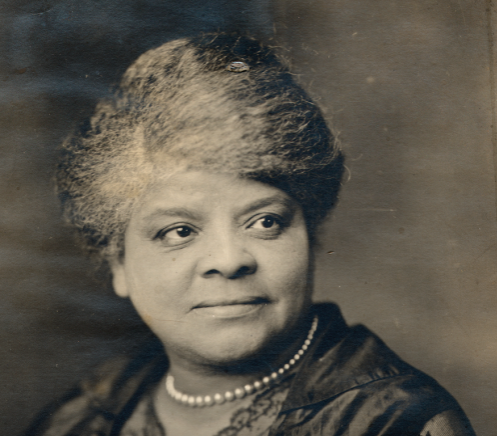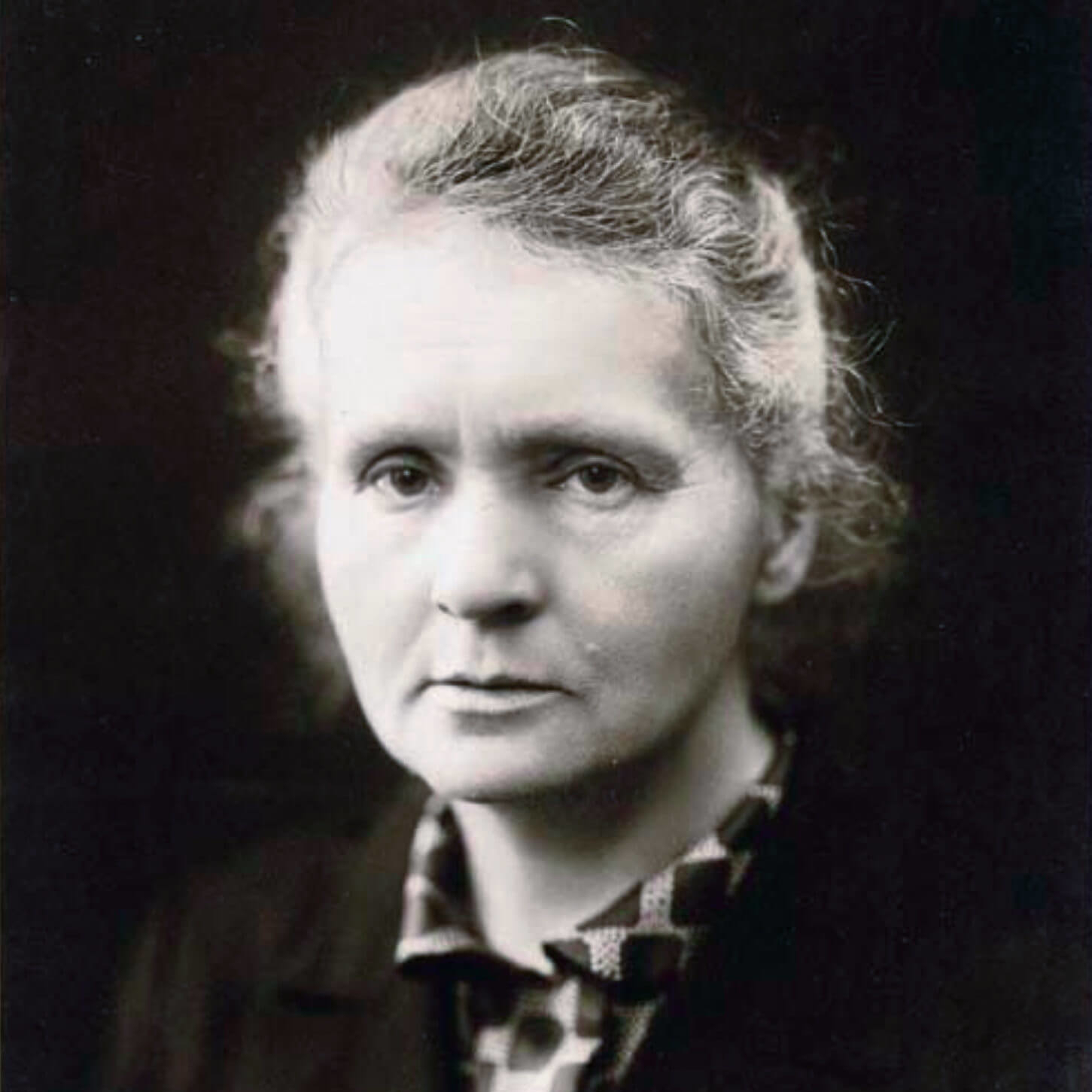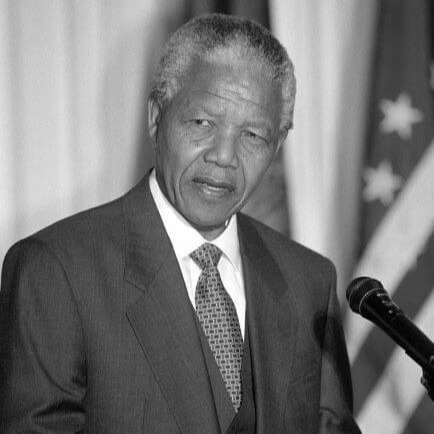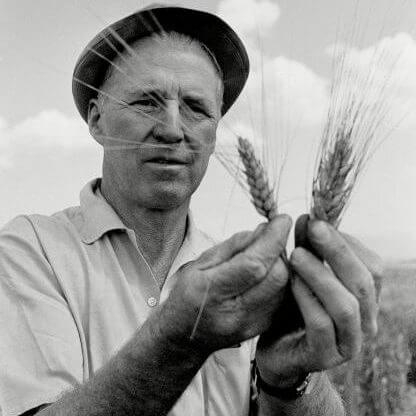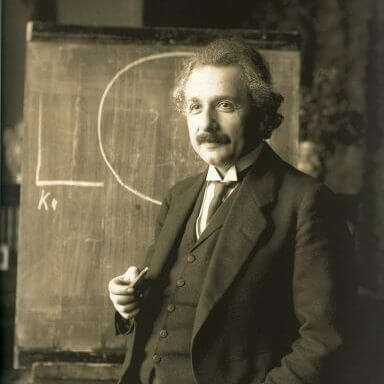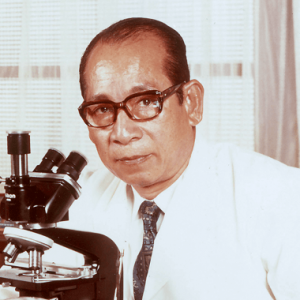UP Focus Day
OVERVIEW
An UP Focus Day is an event dedicated to maximal productivity within the span of one day.
Objective
Get as much done within the day as possible. Either eliminate backlogs or significantly advance new projects.
Also practice and internalize productivity techniques, enhance focus, fight procrastination, and remove stress from your life.
What To Do
What you can do is practically limitless. Here are a few examples:
- Advance a critical work project
- Prepare job applications
- Process email inbox completely down to zero
- Read through backlogged documents
- Write out life plan and life goals
- Begin tackling a life goal (e.g., learning a new language or writing a book)
- Update financial accounts
- Take practice exams
Process
1. Form a small group of similarly committed people.
2. Commit to a date, time, and location to get stuff done.
3. Decide on what you want to accomplish.
4. Arrive on time fully prepared to get stuff done.
5. Work as intensely as you possibly can for every work cycle.
6. Actively rest during the breaks.
7. Celebrate after you’re done!
Schedule
A full UP Day is 12 hours: it includes 7.75 hours of intensely focused productivity in six 90, 60, and 45 minute minute cycles, each followed by a rest period.
A short UP Day is 6.5 hours: it includes 4.5 hours of intensely focused productivity in four 90 and 45 minute cycles, each followed by a rest period.
UP Days are normally held on weekends, although weekday events are possible. Multi-day events can follow a similar schedule.
See UP Day Schedules for different versions of the schedule. Please adjust timings to your preferences.
Full Day Schedule
9:45am – Participants arrive and set up work areas
10:00am – UP Day overview
10:30am – Focused work cycle #1
12:00pm – Active break
12:15pm – Focused work cycle #2
1:00pm – Lunch
1:50pm – Group stretching and calisthenics
2:00pm – Focused work cycle #3
3:30pm – Active break
3:50pm – Focused work cycle #4
5:20pm – Group check in and focus exercise
5:30pm – Active break
5:40pm – Focused work cycle #5
7:10pm – Dinner
8:00pm – Group stretching and calisthenics
8:10pm – Focused work cycle #6
9:40pm – Group review of accomplishments
10:00pm – Participants depart
Short Day Schedule
11:45am – Participants arrive and set up work areas
12:00pm – UP Day overview
12:15pm – Focused work cycle #1
1:00pm – Lunch
1:50pm – Group stretching and calisthenics
2:00pm – Focused work cycle #2
3:30pm – Active break
3:50pm – Focused work cycle #3
5:20pm – Group check in and focus exercise
5:30pm – Active break
5:40pm – Focused work cycle #4
6:25pm – Group review of accomplishments
6:30pm – Participants depart
Venue
Any quiet venue that can support your group may work. Space for 3-25 is ideal. Larger events are possible with careful planning.
Offices, co-working spaces, homes, and coffee shops with enough power sockets for laptops work well. Reliable internet connectivity is usually a must, although not always.
In general, the less noise and people moving about the better. If possible, arrange tables and chairs in an inward facing circle, with some physical separation between participants.
What to Bring
Participants will need to bring everything they need to be productive, including laptops and chargers, headphones, to do lists, calendar, paper and pens, etc.
Although none of the following supplies are required per se, they can be helpful to have on hand:
- Physical timer
- Power strip(s)
- White board and markers (for your “Board of Wins”)
- Projector
- Healthy snacks and drinks
Productivity Principles
Sleep: Ensure you get ample sleep before your UP Day.
Prepare: Bring everything you need to be maximally productive, and leave your non-work problems at the door.
Plan: Plan out your workflow on an hour to hour basis. Keep in mind how your energy and attention will fluctuate throughout the day. Estimate how long each task will take and verify your assumptions after the day is over.
Clarity Cheat: Empty your email inbox, virtual desktop, and physical desktop by temporarily hiding the unprocessed items. For example, move all emails into a “To Do” folder.
Chunk Tasks: Break down larger, more complex projects into smaller chunks. Often the more complex or difficult the project, the smaller the chunk required.
Most Important Things: Work on your most important or most difficult task first thing before other less important tasks begin to distract you. Practice the Eisenhower Method, which categorizes tasks into four quadrants. Tasks which are important but not urgent (Quadrant II) work especially well at an UP Day. Tasks which are both important and urgent (Quadrant I) often do as well. Ignore unimportant and not urgent (Quadrant IV) and unimportant and urgent (Quadrant III) tasks.
Emotional High: Choose the most emotionally-sensitive tasks you have. This may include tasks you’ve procrastinated on for some time and are urgently due. Aim to reach an emotional high by the end of the day. This is usually compatible with your “Most Important Thing”.
Partner: Choose a partner to help you stay accountable to your objectives. Support each other in staying focused throughout the day.
Work Exchange: Exchange work with your partner if you both have work you don’t want to do yourselves. For an equivalent amount of time, you do their unwanted work and they do your unwanted work.
Visualization: Before you begin your first work cycle, mentally prepare yourself to deeply focus, much as a runner would mentally prepare for a race. Visualize yourself being as productive as you possibly can.
Mindfulness: Practice mindfulness throughout the day. Mindfulness is a special way of paying attention: on purpose, in the present moment, and without judgement. Be particularly mindful of your focus and energy levels as you work.
Meditation: Begin the day with 1-5 minutes of breathing meditation to calm yourself and sharpen your focus.
Timebox: Use timeboxing. Timeboxing is setting a specific time period (e.g., 15 or 60 minutes) to work on a single task or project without stopping until the time is up. A version of timeboxing is Pomodoro technique where you work diligently for 25 minutes, then rest for 5 minutes, and repeat. By default, an UP Day follows 90 minute timeboxed cycles.
Focusing: Pay attention to your task at hand. Don’t distract people when they’re trying to finish something before a cycle ends.
Ultradian Cycles: Follow your body’s ultradian rhythm by working for 90 (or up to 120) minutes and then resting for 20 to 30 minutes. By default, an UP Day is aligned with most people’s ultradian cycle. You may need to adjust for yourself.
Energy Log: Record your energy level on a 1-10 scale each hour to attune to your body’s natural rhythms.
Single-handling: Practice single-handling. Single-handling is when you touch a task only once. You start working on it and finish it in one sitting, without any switching to other tasks. Avoid multi-tasking. This applies when you’re focused enough to efficiently finish the task; in some cases if you’re too low energy it is prudent to consciously switch tasks.
Distraction Log: Record every time you are distracted from your task at hand to become more aware of your ability to focus.
Limit Internet: Disconnect from the internet, even if you “need” it to work. Try to refrain from using it for at least the first two hours if not the entire time period. This doesn’t apply to individuals who can use the internet in a strictly professional, productive capacity. But for people that find it hard to disconnect, it is likely they will be more productive if they temporarily work offline.
Public Wins: Publicly declare all accomplishments every work cycle and document the successes on a group whiteboard or wiki. You can also post the “wins” on Facebook, Instagram or Twitter with the #upday hashtag.
Prize: Offer a small prize for whoever is the most productive. Ask everyone who participates to pitch in $1 (or $10) to the “productivity pot” and award the sum to the democratically declared winner. Or agree to buy dinner for the winner afterward. If it’s hard to determine a winner, everyone can privately rate each other’s productivity on a 1 – 7 Likert scale (1 = very unproductive, 4 = neutral, 7 = very productive) and average the ratings. If there’s a tie, the pot can be split. A prize could also be offered for whoever was the most accurate in predicting how long it would take to complete their tasks.
Facilitation Suggestions
Collaborative vs. Solo: For participants who are going Solo just let them be. Everyone has their own techniques for being productive, so be open to how they do things. For participants who are going Collaborative then you’ll have to use your discretion in deciding how much direct facilitation you’ll do. The ultimate goal is for everyone to get important stuff done and internalize relevant productivity principles as lifelong habits.
UP Day Primer: It’s helpful to open the day with a quick review of the content on this page, especially the productivity principles. A good statement to open with is: “The day is yours. Use it as you will. I’m just here to help if you’d like.”
Focus Exercise: A good focus exercise is to have participants sit in a circle, close their eyes, and visualize themselves being energetic, focused, and productive for the rest of the day. You can also begin with a short 1-2 minute meditation.
Getting Tired: If participants become tired, you can encourage them to either call it a day or push through. If they decide to keep going, suggest they first take a nap, take a walk, or do high intensity calisthenics.
Energy Raisers: Stretching and calisthenics are important to fight the post-meal energy dip when your body is diverting energy to digestion. You may want to arrange participants in a circle and collectively do simple exercises like touching your toes, neck rotations, jumping jacks, etc. Or you can use a group work out video like Move Your Body.
Encouraging Preparation: UP Day Preparation Worksheets help participants to effectively prepare for the UP Day. Encouraging participants to do them beforehand sets the stage for a productive day.
UP Day Wins: Encourage the use of a group “wins” whiteboard or wiki page to publicly share accomplishments. This helps with accountability.
Real-Time Accountability: Consider using RescueTime or a similar tool among the participants if you want a very transparent, focused day. This service automatically measures how efficiently you work on your computer (e.g., time on Facebook is by default tracked as inefficient and time using spreadsheet software is by default tracked as efficient). If participants have accounts they can report in their RescueTime efficiency score at the end of the day.
Research
Join the Citizen Science movement and contribute to our research.
The UP Day Data Set Template is a template for facilitators to collect data showing how productive everyone has been. Feel free to modify the template as you need. The UP Day Survey is a print-friendly version for collecting your data.
Please share with us your datasets if you do collect data. The more data we collect, the better we’ll understand how to make these UP Day even more effective.
And for context, here are a few of the dozens of scientific papers we’ve used to design the UP Day.
Ariely, D., & Wertenbroch, K. (2002). Procrastination, deadlines, and performance: Self-control by precommitment. Psychological Science, 13(3), 219-224.
Bargh, J. A., Lee-Chai, A., Barndollar, K., Gollwitzer, P. M., & Trötschel, R. (2001). The automated will: Nonconscious activation and pursuit of behavioral goals. Journal of personality and social psychology, 81(6), 1014.
Ericsson, K. A., Krampe, R. T., & Tesch-Römer, C. (1993). The role of deliberate practice in the acquisition of expert performance.Psychological review, 100(3), 363.
Gopher, D., Lavie, P., & Zomer, J. (1995). Ultradian Rhythms in Prolonged Human Performance.
McGraw, K. O., & Fiala, J. (1982). Undermining the Zeigarnik effect: Another hidden cost of reward. Journal of Personality, 50(1), 58-66.
Semple, R. J. (2010). Does mindfulness meditation enhance attention? A randomized controlled trial. Mindfulness, 1(2), 121-130.Shannahoff-Khalsa, D. (1993). The ultradian rhythm of alternating cerebral hemispheric activity. International journal of neuroscience, 70(3-4), 285-298.
Outcomes
In short, UP Days seem to work at helping you work.
We’ve collected real-world data on the efficacy of an UP Day. Across 50+ trials, we’ve seen a +32% increase in average self-reported productivity across all participants, even those who were late, sick or ill-prepared. It jumps to +56% for fully engaged participants.
The productivity increase jumps to +70% if you compare to how productive individuals would have been if they had chosen not to attend that specific day. Or +64% if you look at only fully engaged participants. This is true because many individuals say that they would not have been as focused working in their usual environments.
On average, 93% of participants see an increase in productivity. 7% are less productive, often because of low energy.
See our pilot study for all the outcome data we’ve collected.
Support
An UP Day is open source and free to do on your own whenever you want. But if you’d like support, we have highly experienced UP Day facilitators who can help you design and run an UP Day for your company, organization or community. This includes 1-on-1 productivity coaching for every participant and customized 30 day implementation plans. Multi-day, week, and month versions are also available. Contact us for more information.






